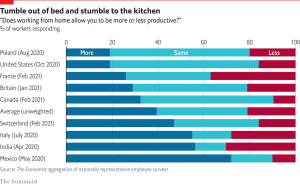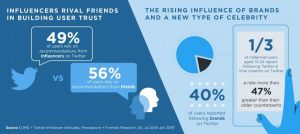
What happens when training is “over?”
The audience walks out of the classroom or clicks out of the screen on the computer, then what? They return to their jobs and lives, and the training is quickly forgotten. The concepts presented are so frequently lost when the training course is over.
So, why have any training at all?
It’s needed. Essential, even. But too often, it’s not done the right way. It should never really be “over.”
In other words, learning shouldn’t stop when training ends.
Successful training requires follow up. It’s not a one-and-done. You have to engage your audience multiple times before the concepts can begin to stick.
Rather than a single-pronged approach, three components are needed to meet objectives and actually make training work, which means it impacts the behavior of the audience members.

We know the first prong is training. Everyone knows that, and we’ve spelled out many a word on this blog about how to do the training part right, i.e. what kind of content is most effective, tips for voiceovers, assessments and how to hold your audience’s attention.
After training, the next step is coaching. It’s critical to revisit concepts presented in training in order to increase retention and understanding. We know people aren’t going to remember everything covered during training, especially information that’s not needed right away. Coaching is about making that information available after training in an on-the-spot, just-in-time fashion and broken into bite-sized pieces to be consumed quickly. It’s a key step in reminding knowledge, perfecting skills and reinforcing vlaues.
The third prong in our robust learning model is nurturing, i.e. continuing to encourage desired behaviors and rewarding successful application. Here, we can send emails to audience members with reminders about what they need to do or complete. Ask them to check back in and report their results in a social learning setting. Reward those who show progress.
Organizations that leverage this kind of learning model realize powerful results. One retail client recently reported dramatic improvement in point-of-sale behavior of their associates; they collected more customer email addresses, more satisfaction survey responses, and sold more add-on items than ever before. These desired behaviors were continually reinforced in a way the associates found engaging and even entertaining, leveraging social learning to strengthen the team environment, and everyone is proud of the program and its success.
photo credit: ishmael n. daro
(299)










